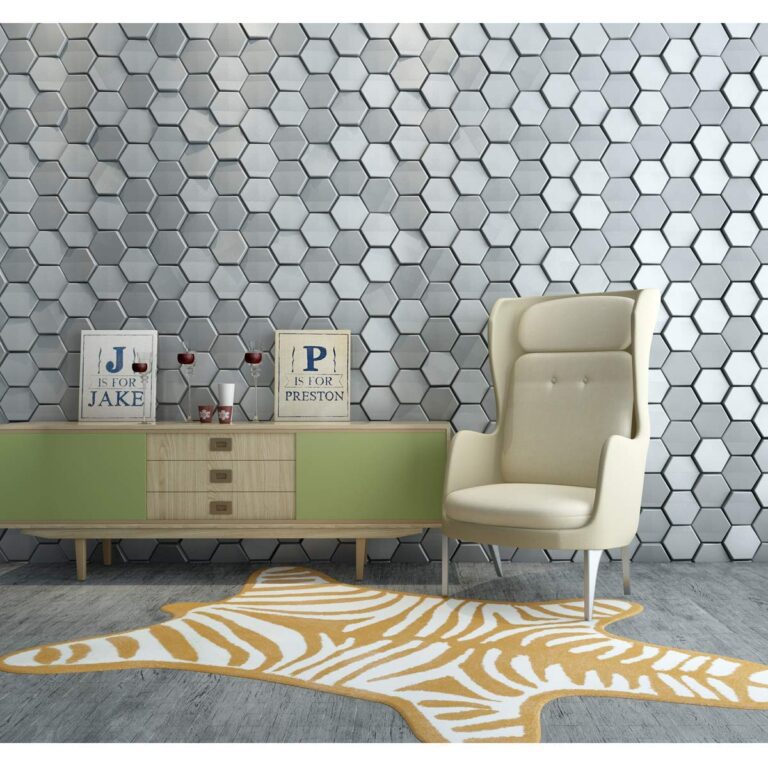
As the world is seeking eco-friendly, animal-friendly, and cost-effective alternatives, synthetic leather is becoming one of the most popular materials in the market today. Unlike traditional leather, synthetic leather can provide the same look and functionality with a low price tag. But is the use of synthetic leather as a building material a good choice? In this blog post, we’ll take a closer look at the pros and cons of synthetic leather to help you determine if it’s the right choice for your business.

Advantages of Synthetic Leather
Affordable Price
The most significant advantage of synthetic leather is its cost-effectiveness. Synthetic leather is much cheaper to produce than traditional leather, which means it can be sold at significantly lower prices. For building materials wholesale distributors, this can be a great selling point to offer their customers quality products at reasonable prices.
Wide Range Of Colors And Patterns
Synthetic leather can be manufactured in a vast array of colors, patterns, and textures that are difficult to find in traditional leather. These materials can be an ideal solution for those looking to add a unique touch of style at an affordable price, compared to the high cost of traditional leathers.
Durable And Wear-Resistant
Synthetic leather is known for its strength and durability, making it an excellent material for heavy use. It is resistant to scratches, tears, and wear and tear, which can make it perfect for furniture, automotive, or other applications.
Disadvantages of Synthetic Leather
Lack Of Authenticity
While synthetic leather may offer an affordable alternative to traditional leather, some people argue that it lacks authenticity, and it does not look or feel like real leather. Some consumers may be turned off by its synthetic feel and prefer to pay for genuine leather.
Environmental Concerns
Most synthetic leather is made from a type of plastic called polyurethane. The process of making this type of material can use harmful chemicals, which may lead to environmental concerns. Additionally, synthetic leather is not biodegradable, and if it ends up in a landfill, it can be difficult to dispose of.
Lower Durability Compared To Real Leather
While synthetic leather is generally durable, it is not as long-lasting as traditional leather. Over time, it can crack more quickly or fade, especially if exposed to direct sunlight. In some cases, it may not hold up as well as real leather.

Conclusion
Synthetic leather is an excellent alternative for businesses looking for cost-effective options, but it’s essential to weigh the advantages and disadvantages carefully. When it comes to synthetic leather, it’s clear that it offers durability, affordability, variety, and style. However, if you want authenticity and durability when it comes to wear and tear, genuine leather or leather alternatives may be more suitable.
Additionally, environmental concerns surrounding synthetic leather are worth keeping in mind. As a building materials wholesale distributor, it’s crucial to offer your customers the best options when it comes to synthetic leather, based on their unique needs and budgetary concerns.
By considering the pros and cons of synthetic leather, you can make informed decisions that help your business and your customers alike.
